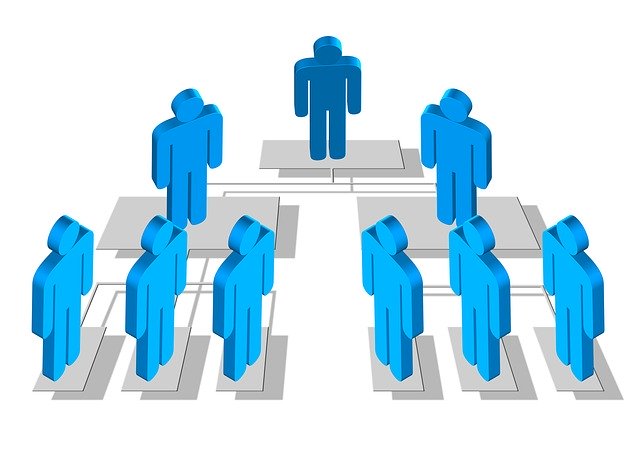 Implementing an inbound marketing program requires a team with a variety of skill sets. Each team member needs to carry their weight and function as a cohesive unit in order for your campaigns to be successful. Here we breakdown the key components of an inbound marketing team.
Implementing an inbound marketing program requires a team with a variety of skill sets. Each team member needs to carry their weight and function as a cohesive unit in order for your campaigns to be successful. Here we breakdown the key components of an inbound marketing team.
Inbound Marketing Manager
This is the person responsible for ensuring the implementation of your inbound marketing plan. They will handle assigning tasks to team members, reporting on analytics, adjusting strategy and developing a content calendar.
Content Writers
Each inbound team should have at least two or three writers with a variety of expertise. This will help to keep your content fresh and provide different angles, voices and points of view. A clear process should be put in place for writing each type of content piece and assignments with due dates should be very clear within your content calendar.
Content Editor
Every piece of content should be read through and edited by a second pair of eyes. Even the best writers make mistakes and editing one’s own work can be difficult. Using a program such as Grammarly is helpful and relaying any changes back to the writer will help to develop their skills.
Social Media Expert
Social media is an integral part of inbound marketing and you should have at least one dedicated social media expert. This person will be responsible for daily postings, distributing to groups, engaging with prospect’s posts, increasing following and reporting on metrics. If you use paid social media ads, you may want to add an additional team member to handle those responsibilities.
Graphic Designer
Images should be included on every piece of content you produce, and high-quality original images are the most effective. Blog posts with images perform better than those without them and infographics are some of the most shared pieces of content through social media.
Marketing Automation Platform
While it is possible to run an inbound program without an automation platform, using one can save time, keep you organized and improve reporting. Being able to house all of your inbound efforts on one platform allows you to see which tactics, pieces of content and social media posts are most effective, all in one place. Most of the bigger platforms allow for email workflows which automate responses to marketing triggers, helping to guide prospects through the funnel without manually reaching out to them. Some platforms even offer website hosting, which can bring all of your online assets together.
The infrastructure needed to implement inbound successfully may not be feasible for an in-house marketing team. This is why many of these programs, or portions of them, are outsourced to inbound agencies. This can be a much more cost-effective way of installing your plan and can generate a greater ROI.




